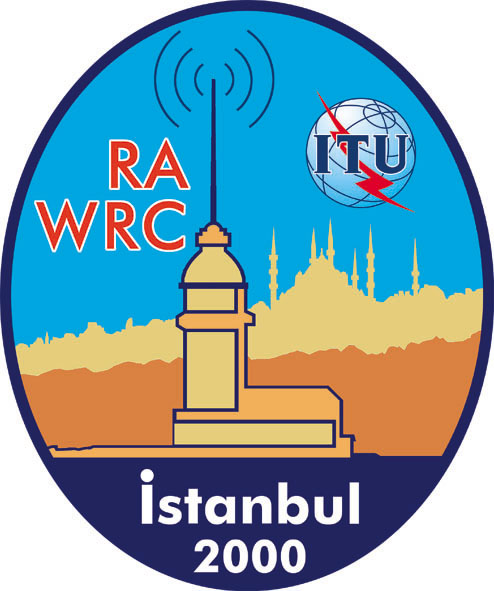
World Radiocommunication Conference 2000
Telephone: +41 22 730 6039
Fax: +41 22 730 5939
E-mail: pressinfo@itu.int
 |
World Radiocommunication Conference 2000 |
|
Telephone: +41 22 730 6039 |
Power Limits for LEO Satellites
The last five years or so has seen tremendous activity in the field of new satellite services, particularly in the area of Low-Earth Orbit (LEO) and related systems. With at least a dozen new projects in the pipeline which are scheduled to begin offering services – from mobile voice to fixed Internet access – over the coming 3 to 4 years, finding the spectrum to accommodate these systems has been a focal point of the last two WRCs in 1995 and 1997.
Lengthy debate in 1995 resolved the problem of non-GSO use of certain parts of the 19 and 29 GHz band which were confirmed and further expanded in 1997. Similarly in WRC-97, there was an agreement on the possibility of sharing spectrum between LEO and GEO systems in the 12-18 GHz and 27-40 GHz bands, WRC-97 set provisional limits on power-flux density (effectively the peak power output of the system) in order to avoid interference between systems in the same band, pending further studies by ITU’s Radiocommunication Study Groups.
While the issue seemed certain to reappear on this year’s controversial issues, the various parties including commercial satellite operators, surprised observers by reaching a tentative agreement at last December’s Conference Preparatory Meeting in Geneva. This year’s conference will examine the results of those studies, which seem favourable to the concept of shared use of the bands in question by non-GSO and GSO systems of the Fixed Satellite Service and the Broadcasting-Satellite Service.
Subject to further debate at this Conference, it is likely that power limits for the operation of non GSO systems in these bands would be settled thus clearing the way for greater competition in future mobile satellite services.
Little LEO systems – small Low Earth Orbit satellites designed for narrow-band applications such as remote monitoring or paging – have been seeking access to spectrum below 1GHz since 1995, without much success. While these systems were allocated between 1-3 MHz (depending on the Region) at WRC-97 in the bands between 454-460 MHz, most commercial developers argue that this allocation is still insufficient for nearly all systems to launch effective operations.
With bands below 1GHz already crowded with important services, from VHF and UHF radio systems used for emergency services, science applications and meteorological monitoring services, WRC-97 resolved that studies should be undertaken to examine the feasibility of sharing between Little LEOs and existing services.
With these studies now largely complete, results remain inconclusive. At the same time, strong opposition by public radio-based services to Little LEO sharing in emergency bands prompted a focus on sharing in specific bands used by other services, such as meteorological aids – a development which has generated opposition from organizations like the World Meteorological Organization.
Current trends in the market for GMPCS (Global Mobile Personal Communications by Satellite) projects faces a downturn as the result of the demise of early Big LEO systems, the chances for Little LEO systems to be able to gain support for additional spectrum may well have become more remote.
(Continued from Part I
Continued in Part III)